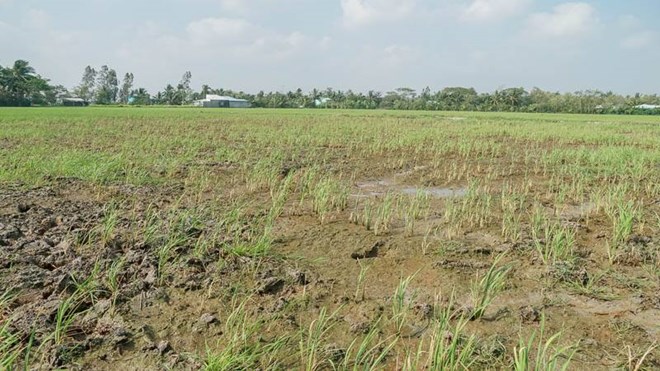
On March 25, during an inspection trip to the drought and saltwater intrusion situation in the area, Chairman of the People's Committee of Soc Trang province Tran Van Lau requested the provincial agricultural sector and localities to focus on responding to the peak of drought and saltwater intrusion, including efforts to operate and regulate the sewer system properly, and take advantage of fresh water to save rice fields at risk of damage.
The Chairman of the People's Committee of Soc Trang province also requested the provincial agricultural sector to coordinate with localities to review and make plans to inspect the operation of sluices in the area, promptly repair degraded sluices, and ensure that sluices to prevent salinity and store fresh water in the area operate effectively.
According to the Department of Agriculture and Rural Development of Soc Trang province, from February 8 to March 1, saltwater intrusion along the Hau River deep into the fields has been increasing, directly affecting the Long Phu - Tiep Nhat area and Ke Sach district.
The 4g/liter salinity boundary moves frequently in Nhon My - Song Phung commune, causing difficulties in water supply in Long Phu - Tiep Nhut area.
According to observations and forecasts of the hydrometeorological agency, the highest salinity intrusion periods on the Hau River will be concentrated in February and March 2024 (salinity at Dai Ngai estuary is often above 8g/liter), causing difficulties in operating irrigation works to take water for production in this region.
It is forecasted that by the end of May 2024, saline intrusion will gradually decrease.
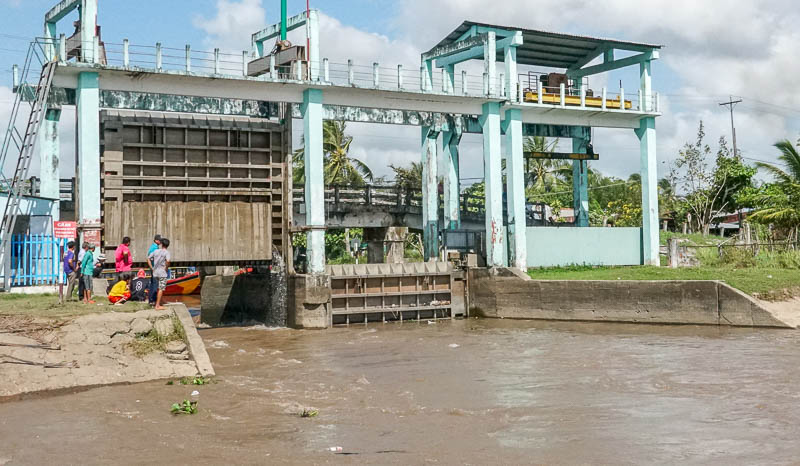
Soc Trang province has also done a good job of preventing and combating saline intrusion since the beginning of the dry season, so the 2023-2024 Winter-Spring crop was successful. However, due to high rice prices, people in Long Phu and Tran De districts (where drought and salinity are often affected) continued to produce the third crop at the peak of saline intrusion, so there is a high risk of water shortage and alum poisoning.
Also according to the Department of Agriculture and Rural Development, as of March 23, Long Phu district had about 6,000 hectares of rice out of plan (areas where it is recommended not to plant rice due to the effects of drought and salinity). Of which, about 1,000 hectares of rice were affected by water shortage combined with alum poisoning. Of which, 33 hectares were completely damaged because farmers planted rice at the peak of salinity and did not continue to take care of it.
Mr. Pham Tan Dao - Head of the Irrigation Sub-Department of Soc Trang province - said that for the remaining rice fields, the irrigation sector is trying to maintain and supply water to people to minimize damage.
Source




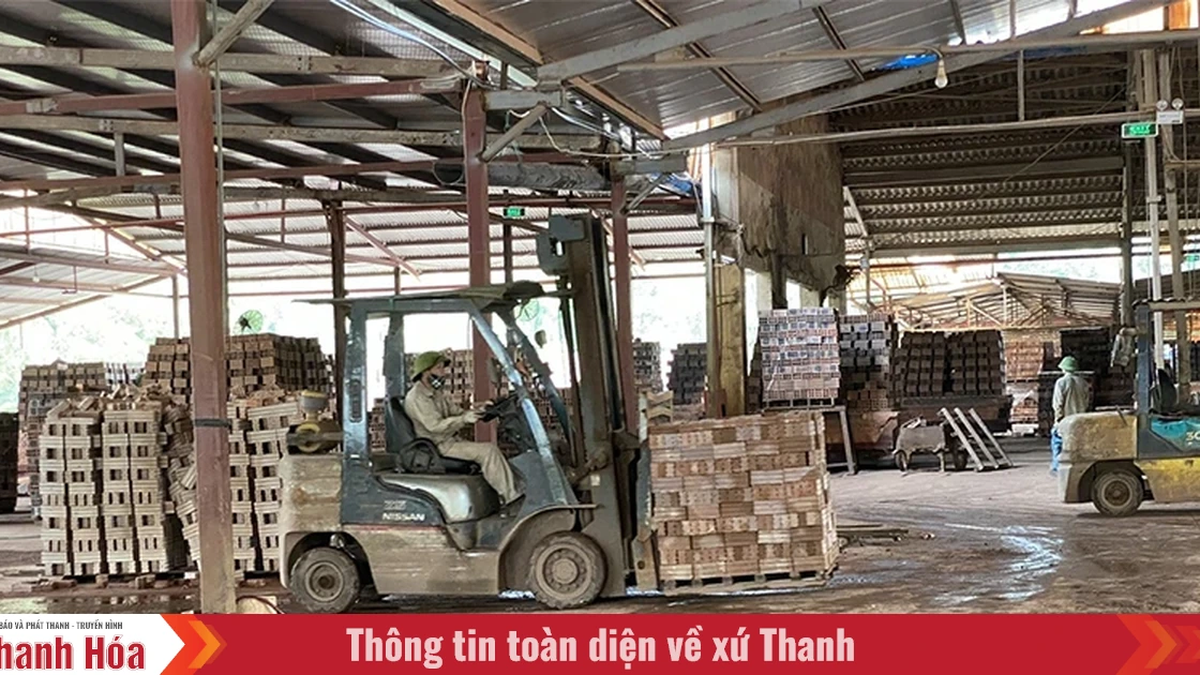


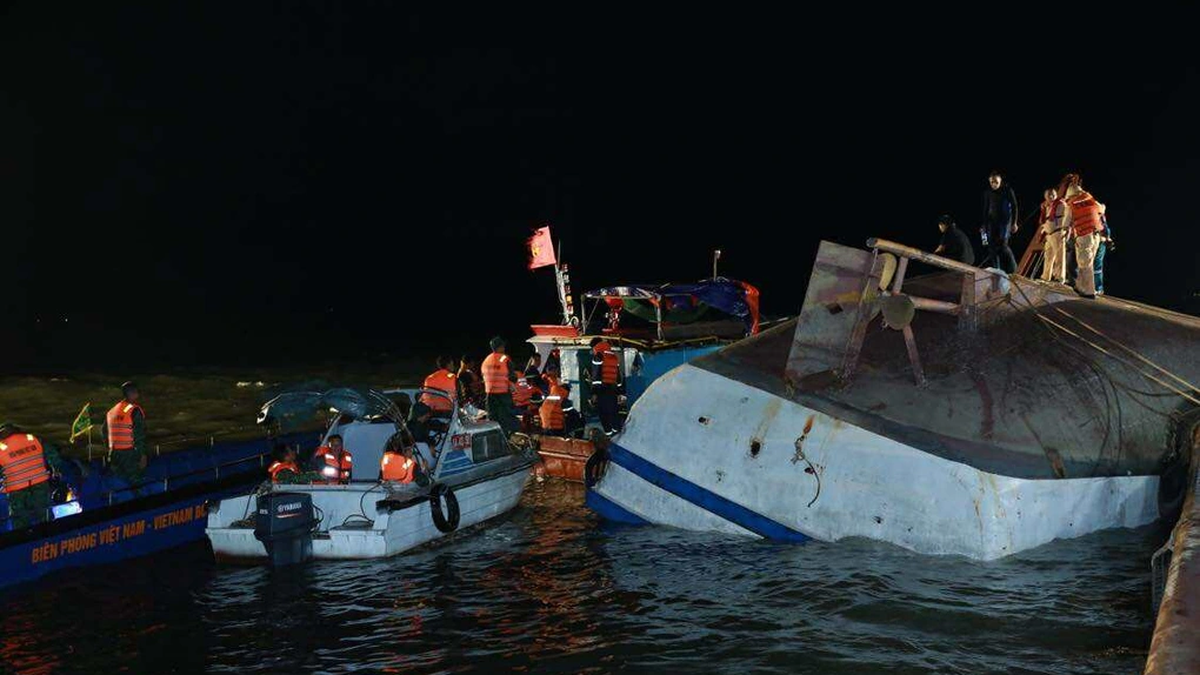


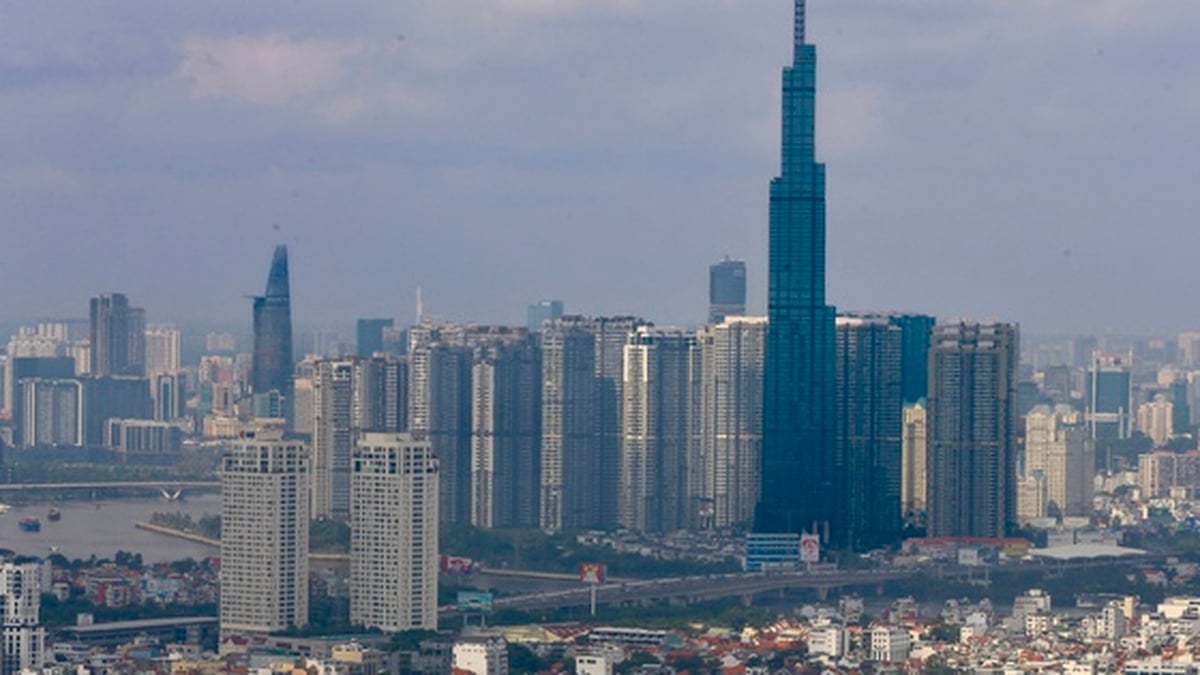
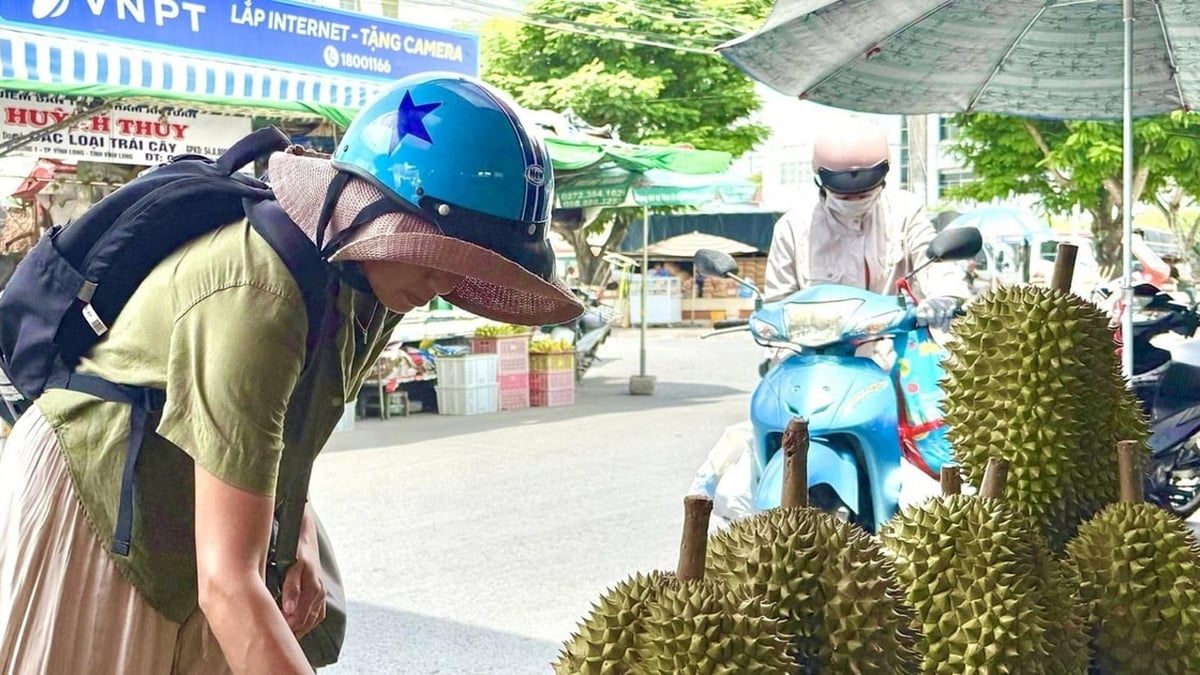















![[Photo] National Assembly Chairman Tran Thanh Man visits Vietnamese Heroic Mother Ta Thi Tran](https://vphoto.vietnam.vn/thumb/1200x675/vietnam/resource/IMAGE/2025/7/20/765c0bd057dd44ad83ab89fe0255b783)
































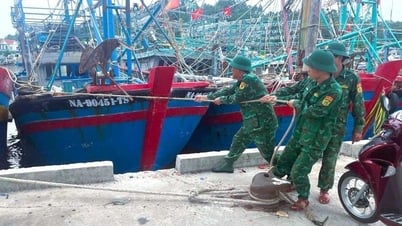
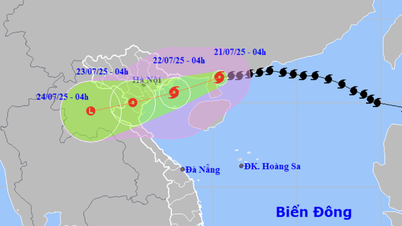




































Comment (0)